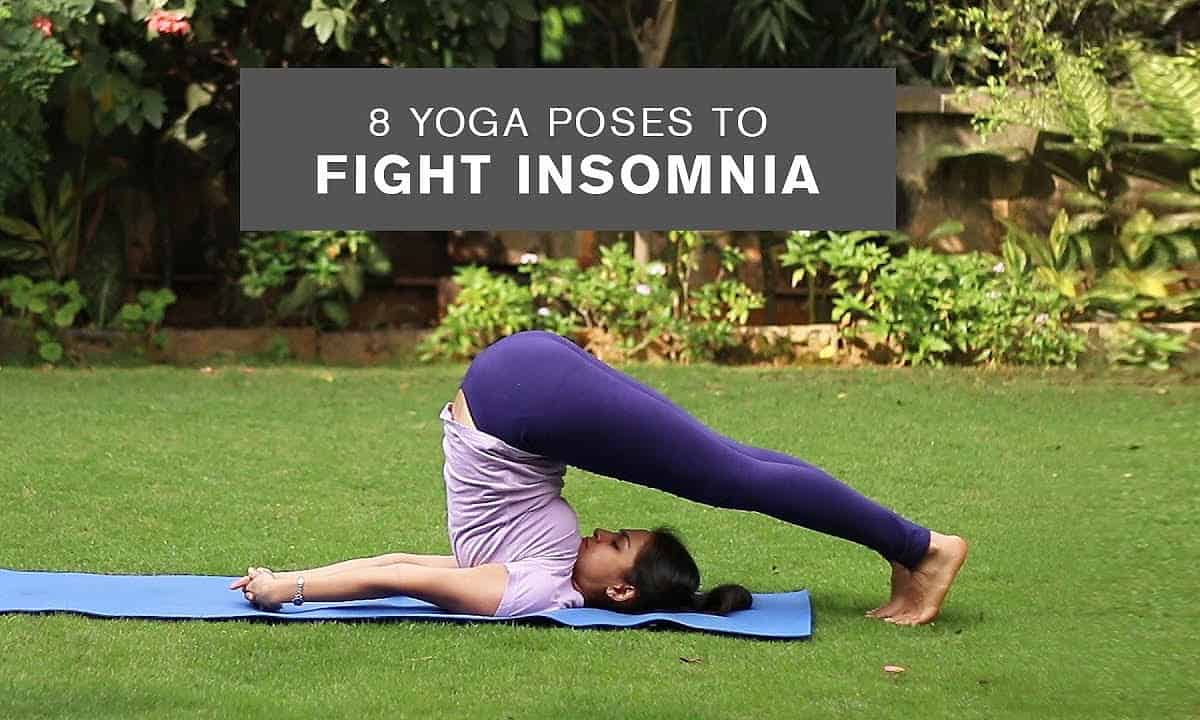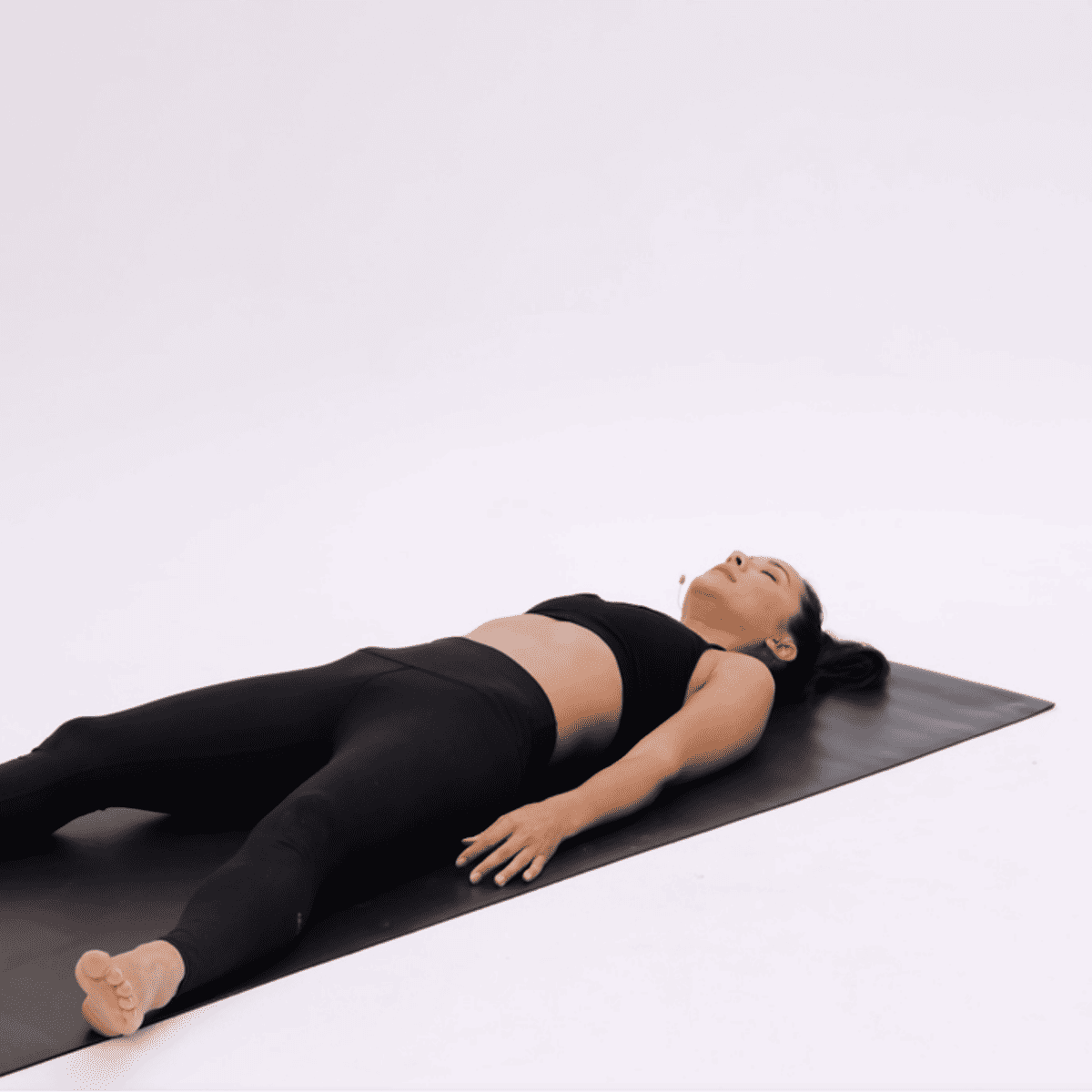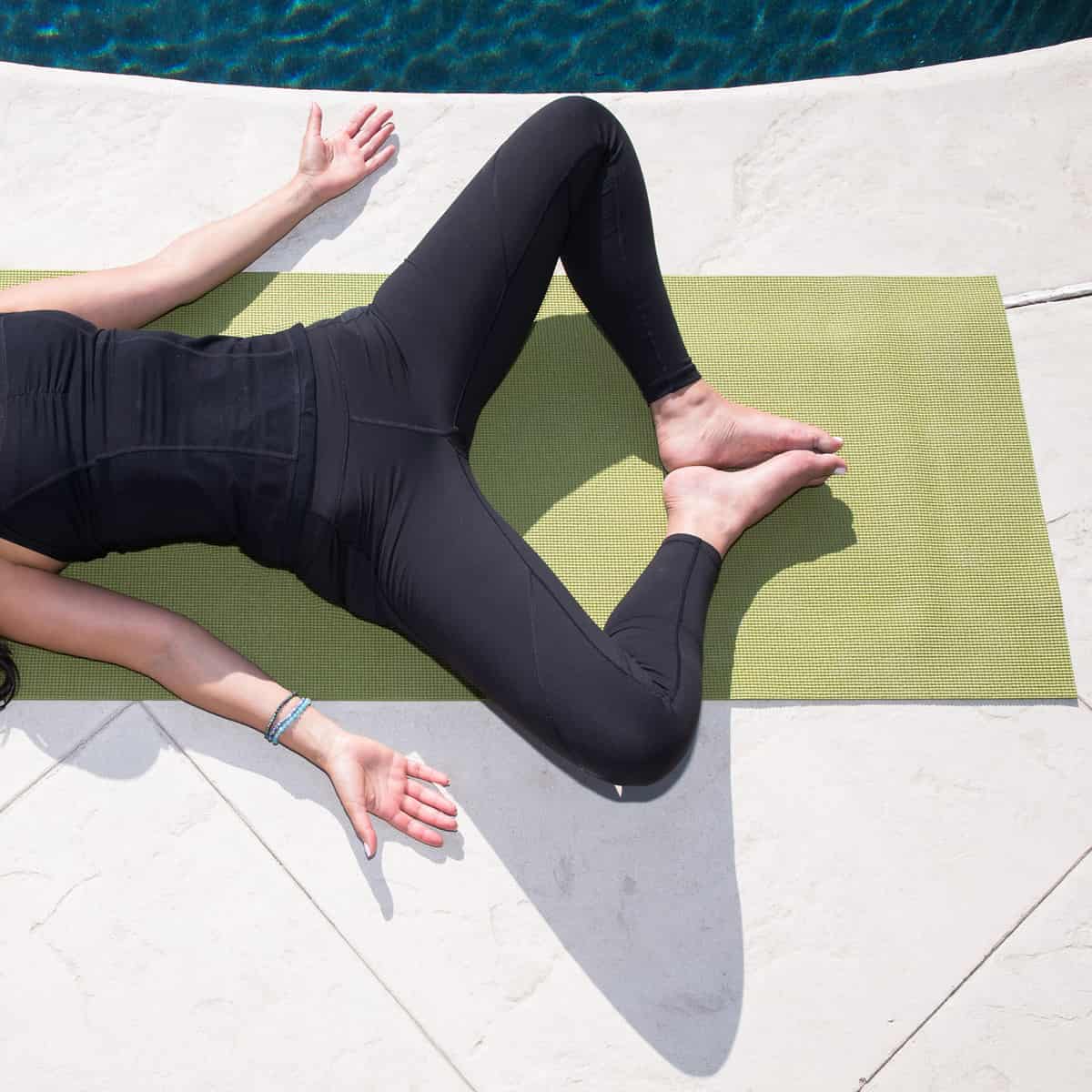In this article, we will explore the benefits of yoga for insomnia, the best yoga poses to promote better sleep, yoga breathing techniques for relaxation, tips for incorporating yoga into your bedtime routine, and other lifestyle changes that can help improve your sleep.
If you struggle with insomnia, you’re not alone. Many people find it difficult to fall asleep or stay asleep throughout the night. The good news is that yoga can be a natural and effective way to improve your sleep quality.
Benefits of yoga for insomnia
Reduces stress and anxiety
One of the main reasons why yoga is beneficial for insomnia is its ability to reduce stress and anxiety. The practice of yoga involves deep breathing, gentle movements, and mindfulness, all of which help to calm the nervous system and promote relaxation.
By reducing stress and anxiety, yoga can help quiet the mind and prepare your body for a restful night’s sleep.
Promotes relaxation and calmness
Yoga is known for its ability to promote relaxation and calmness. The combination of gentle stretches, controlled breathing, and focused attention on the present moment can help release tension in the body and quiet the mind.
By practicing yoga regularly, you can train your body and mind to relax more easily, making it easier to fall asleep and stay asleep.
Improves sleep quality
One of the most significant benefits of yoga for insomnia is its ability to improve sleep quality. Research has shown that regular yoga practice can help increase the production of melatonin, a hormone that regulates sleep-wake cycles.
Additionally, yoga can help improve circulation, reduce muscle tension, and alleviate pain, all of which can contribute to a better night’s sleep.
Best yoga poses for insomnia
Child’s Pose (Balasana)
Child’s Pose is a gentle resting pose that can help calm the mind and release tension in the body. To practice Child’s Pose, start by kneeling on the floor with your knees hip-width apart. Slowly lower your torso down and rest your forehead on the mat.
Extend your arms forward or place them alongside your body. Take slow, deep breaths and allow your body to relax into the pose.
Legs-Up-The-Wall Pose (Viparita Karani)
Legs-Up-The-Wall Pose is a restorative pose that can help promote relaxation and improve circulation. To practice this pose, lie on your back with your legs extended up against a wall.
You can place a folded blanket or bolster under your hips for support. Relax your arms by your sides and close your eyes. Stay in this pose for 5-10 minutes, focusing on your breath and allowing your body to unwind.
Corpse Pose (Savasana)
Corpse Pose is a classic relaxation pose that can help calm the mind and release tension in the body. To practice Corpse Pose, lie flat on your back with your legs extended and your arms relaxed by your sides. Close your eyes and take slow, deep breaths.
Allow your body to sink into the mat and let go of any tension or stress. Stay in this pose for 5-10 minutes, or longer if desired.
Reclining Bound Angle Pose (Supta Baddha Konasana)
Reclining Bound Angle Pose is a gentle hip-opening pose that can help relax the body and promote a sense of calm. To practice this pose, lie on your back and bring the soles of your feet together, allowing your knees to fall open to the sides.
You can place a bolster or folded blanket under your knees for support. Rest your arms by your sides and close your eyes. Take slow, deep breaths and allow your body to surrender to the pose.
Forward Fold (Uttanasana)
Forward Fold is a calming pose that can help release tension in the back and hamstrings. To practice Forward Fold, stand with your feet hip-width apart and slowly fold forward from the hips. Allow your upper body to hang over your legs and let your head and neck relax.
You can bend your knees slightly if needed. Take slow, deep breaths and feel the stretch in the back of your legs. Stay in this pose for a few breaths or longer if desired.
Yoga breathing techniques for better sleep
Alternate Nostril Breathing (Nadi Shodhana)
Alternate Nostril Breathing is a simple yet powerful breathing technique that can help calm the mind and balance the nervous system. To practice this technique, sit in a comfortable position and close your right nostril with your right thumb.
Inhale deeply through your left nostril, then close your left nostril with your ring finger. Exhale through your right nostril, then inhale through the right nostril.
Close the right nostril and exhale through the left nostril. Repeat this cycle for several rounds, focusing on your breath and allowing your body to relax.
4-7-8 Breathing Technique
The 4-7-8 Breathing Technique is a simple breathing exercise that can help induce relaxation and prepare your body for sleep. To practice this technique, sit or lie in a comfortable position.
Close your eyes and take a deep breath in through your nose for a count of 4. Hold your breath for a count of 7. Exhale slowly through your mouth for a count of 8. Repeat this cycle for several rounds, allowing your breath to become slow and steady.
Deep Belly Breathing
Deep Belly Breathing, also known as diaphragmatic breathing, is a technique that can help activate the body’s relaxation response and promote deep relaxation. To practice this technique, sit or lie in a comfortable position. Place one hand on your belly and the other hand on your chest.
Take a slow, deep breath in through your nose, allowing your belly to rise as you fill your lungs with air. Exhale slowly through your nose, feeling your belly sink back towards your spine. Continue this deep belly breathing for several minutes, focusing on the sensation of your breath and allowing your body to relax.
Tips for incorporating yoga into your bedtime routine
Create a calming environment
To make your yoga practice more effective for promoting sleep, create a calming environment in your bedroom. Dim the lights, play soft music or nature sounds, and use aromatherapy with relaxing scents like lavender or chamomile.
Creating a peaceful atmosphere can help signal to your body and mind that it’s time to unwind and prepare for sleep.
Practice yoga at least 1-2 hours before bed
To reap the full benefits of yoga for insomnia, it’s best to practice at least 1-2 hours before bedtime. This allows your body and mind to fully relax and wind down before sleep. Practicing too close to bedtime may leave you feeling energized and make it harder to fall asleep.
Use props for support and comfort
If you find certain yoga poses uncomfortable or challenging, use props such as blankets, bolsters, or blocks for support and comfort. Props can help you relax into the poses and prevent strain or discomfort. Experiment with different props to find what works best for your body.
Listen to guided meditation or calming music
Enhance your yoga practice by incorporating guided meditation or calming music. There are many apps and websites that offer guided meditation specifically designed for sleep. Listening to soothing sounds or guided relaxation can help quiet your mind and deepen your relaxation during yoga.
Other lifestyle changes to improve sleep
Establish a consistent sleep schedule
Maintaining a consistent sleep schedule can help regulate your body’s internal clock and improve sleep quality. Try to go to bed and wake up at the same time every day, even on weekends. This consistency can help train your body to recognize when it’s time to sleep and when it’s time to wake up.
Avoid caffeine and electronics before bed
Caffeine and electronics can interfere with your sleep by stimulating your nervous system and disrupting your natural sleep-wake cycle. Avoid consuming caffeine in the afternoon and evening, and limit your exposure to electronic devices, such as smartphones and tablets, at least one hour before bed. Instead, engage in relaxing activities such as reading a book or taking a warm bath.
Limit daytime napping
While a short nap can be refreshing, excessive daytime napping can interfere with your ability to fall asleep at night. If you struggle with insomnia, try to limit daytime napping to 20-30 minutes and avoid napping too close to bedtime.
Create a relaxing bedtime routine
In addition to incorporating yoga into your bedtime routine, establish a relaxing routine that signals to your body that it’s time to sleep. This can include activities such as taking a warm bath, practicing gentle stretching or yoga, reading a book, or listening to calming music. Find what works best for you and make it a consistent part of your evening routine.
Yoga for Insomnia – FAQs
1. Can yoga help with insomnia?
- Yes, yoga can be beneficial for managing insomnia. Certain yoga practices promote relaxation, reduce stress, and calm the mind, which can improve sleep quality and help with insomnia.
2. What are the best yoga poses for insomnia?
- Some effective yoga poses for insomnia include:
- Forward Fold (Uttanasana): Helps calm the mind and relieve tension.
- Legs Up the Wall Pose (Viparita Karani): Promotes relaxation and soothes the nervous system.
- Reclining Bound Angle Pose (Supta Baddha Konasana): Relaxes the body and reduces anxiety.
- Corpse Pose (Savasana): Aids in deep relaxation and prepares the body for sleep.
3. How often should I practice yoga for insomnia relief?
- The frequency of yoga practice depends on individual needs and preferences. Starting with 2-3 sessions per week and gradually increasing can be a reasonable approach. Consistency is key to experiencing potential benefits for insomnia.
4. Can yoga alone cure insomnia, or do I need other treatments?
- While yoga can be a helpful practice for managing insomnia, it may not completely cure chronic insomnia on its own. It is often recommended as part of a holistic approach that may include lifestyle changes, sleep hygiene improvements, and, if necessary, consultation with a healthcare professional.
5. Are there any specific breathing techniques in yoga for insomnia?
- Yes, specific breathing techniques in yoga, such as Deep Belly Breathing (Diaphragmatic Breathing) and 4-7-8 Breathing, can calm the nervous system and promote relaxation, making them beneficial for insomnia relief.
6. Can yoga worsen insomnia symptoms?
- For most individuals, yoga is safe and can be beneficial for insomnia. However, some rigorous or stimulating yoga practices close to bedtime may not be suitable for those with insomnia, as they may energize the body and mind.
7. How long should I practice yoga before expecting improvement in insomnia symptoms?
- The timeline for improvement varies for each individual. While some may experience better sleep after a few sessions, others may need consistent practice over several weeks to notice significant changes in their insomnia symptoms.
8. Should I practice yoga in the morning or evening for insomnia relief?
- The timing of your yoga practice depends on your personal preference and daily schedule. Many individuals find that a calming evening practice helps relax the body and mind before bedtime, which can be particularly beneficial for insomnia relief.
9. Can yoga and meditation together help with insomnia?
- Yes, a combination of yoga and meditation can be especially effective for insomnia relief. Yoga can prepare the body for meditation, and meditation can further quiet the mind, promoting better sleep.
10. Are there any lifestyle tips to complement yoga for insomnia management?
- Yes, adopting good sleep hygiene practices, such as maintaining a consistent sleep schedule, creating a relaxing bedtime routine, limiting caffeine and screen time before bed, and ensuring a comfortable sleep environment, can complement the benefits of yoga for managing insomnia.
Conclusion
Incorporating yoga into your routine can be a powerful tool for improving sleep quality and managing insomnia. By reducing stress and anxiety, promoting relaxation, and improving sleep quality, yoga can help you achieve a restful night’s sleep.
Remember to practice the recommended yoga poses, breathing techniques, and lifestyle changes consistently to experience the full benefits.
So, roll out your mat, take a deep breath, and let yoga guide you towards a peaceful and rejuvenating sleep.
Originally posted 2023-03-28 13:52:09.
Yogi is a seasoned practitioner, teacher, and advocate for holistic well-being. He shared, “When I first started practicing yoga after long hours at my desk, I struggled with stiffness in my lower back. Through consistent practice of gentle Hatha poses, especially Cat-Cow and Sphinx, I noticed my posture improving. Studies from the NIH support that gentle spinal flexion can enhance circulation and reduce tension. Remember to move mindfully, never forcing your body — yoga meets you where you are.”










